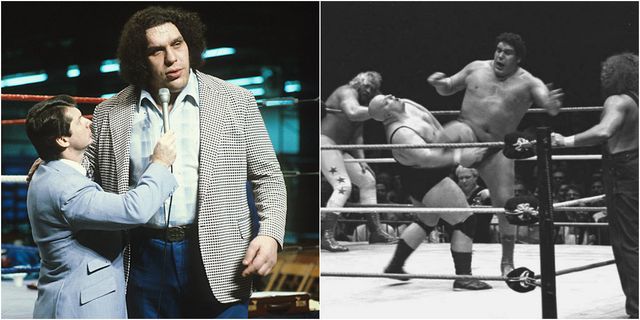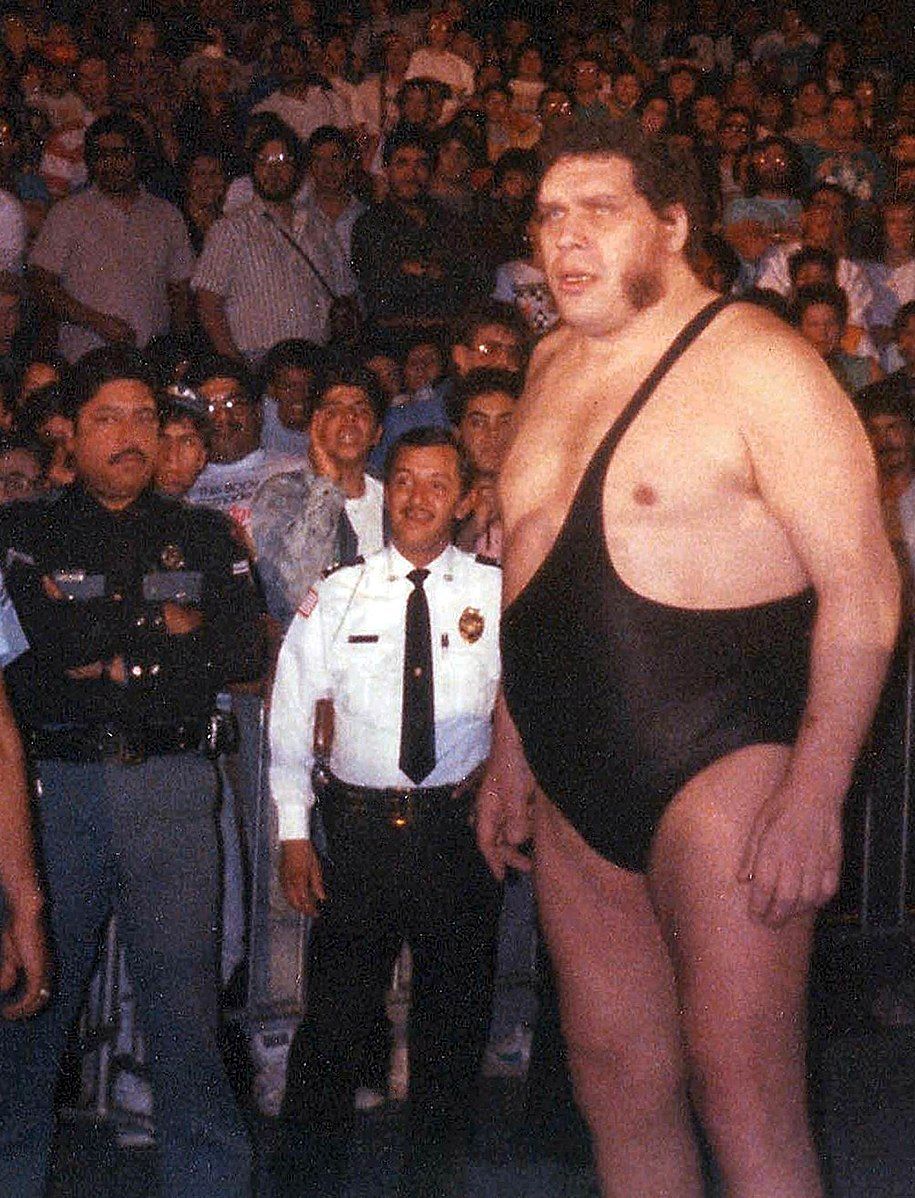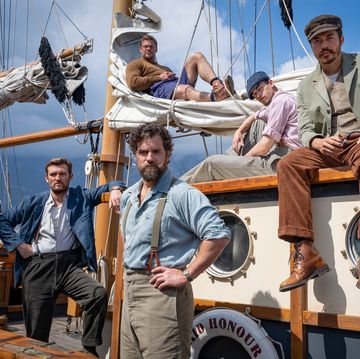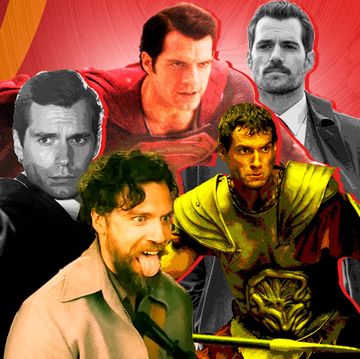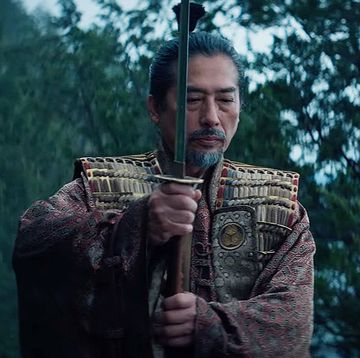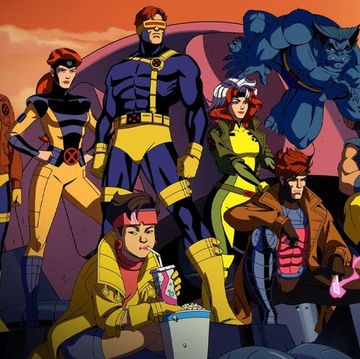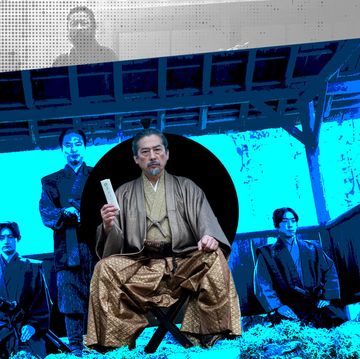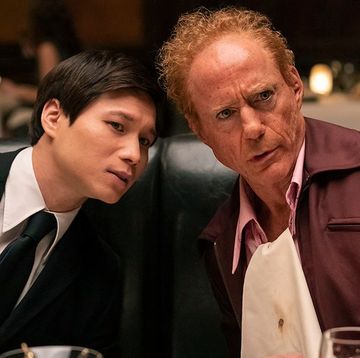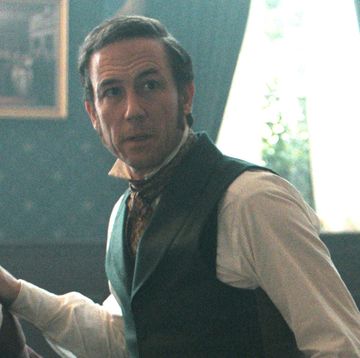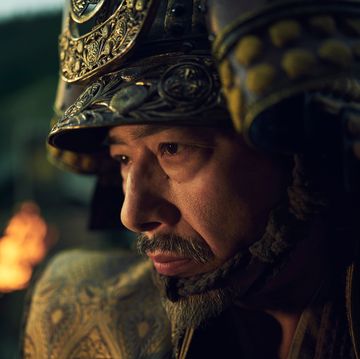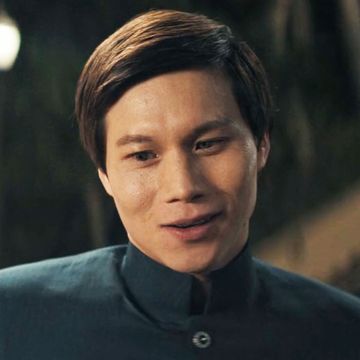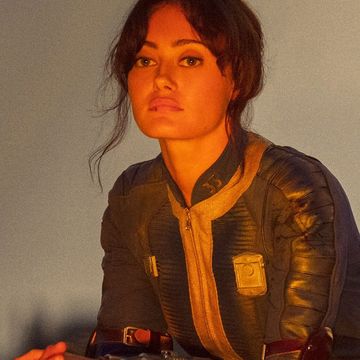There's some old footage from the WWE (then known as the World Wrestling Federation) that shows a shirtless Andre the Giant staring down a 2000-lb. weight. He grimaces, then deadlifts it with apparent ease, only a few visible beads of sweat on his frame.
It’s one of several astounding clips featured in the upcoming HBO documentary Andre The Giant, which chronicles the mythological life and tragic death of the late WWE Hall of Famer. Before he passed away in his sleep at 46 due to congestive heart failure, Andre the Giant (born André René Roussimoff) was known as the “Eighth Wonder of the World," due to his colossal 7'4", 520-pound frame.
Even though Andre the Giant had incredible strength, he reportedly barely worked out or lifted weights. By all accounts, he was one of those rare, naturally strong people, says Jason Hehir, the director of the documentary.
“He had God-gifted strength. He was known for picking up cars,” Jason Hehir, the director of the documentary, tells Men's Health. But how much of Andre the Giant's legendary strength is documented and how much of it is pure fiction?
Born and raised in Molien, France, a small village 40 miles east of Paris, Andre stood 6'3" and reportedly weighed 200 pounds by the time he was 12. He suffered from a disease called acromegaly, a hormonal disorder that results from your pituitary gland producing too much growth hormone, causing your body and viral organs to grow out of control.
While acromegaly is not explicitly linked to excessive strength, people in the early stages of the disease tend to be stronger by virtue of their size, and a few case studies have reported people with the condition having remarkable strength.
“One of the clips from 60 Minutes [shown in the documentary]...is a story about steroids in the 1980s, right when steroids were coming into the news cycle. And they used Andre as an example of natural strength," Hehir says. "What steroid abusers and now HGH users are going for...was actually the disorder that Andre had."
While there is no known cure for acromegaly, treatment for the condition, such as removal of the pituitary gland, can alleviate its effects. According to the documentary, Andre wasn’t diagnosed with the disorder until his 20s; he also repeatedly declined medical attention, both of which may have contributed to his death.
We know for a fact Andre the Giant was strong: in addition to the footage of him lifting the 2000-lb. weight, the documentary shows him hoisting and carrying two 200 pound-plus wrestlers like babies, then squeezing the life out of them via one giant bear hug. His strength is also on full display during footage from his pivotal 1987 WrestleMania III match against Hulk Hogan, which is now arguably one of the most significant bouts in WWE history.
But we don't know exactly how strong Andre was. “I don’t know if he knew [how much he could lift],” Hehir says. “There wasn’t a lot of quantifiable evidence of how tall he was, what he weighed or what he could actually lift, because this was not a guy who saw a day in a public gym in his entire life.”
The fact that Andre barely lifted weights made his feats of strength all the more impressive. “He wasn’t a guy who worked out," says Hehir. "He only worked out after his back surgery and when he was at Vince McMahon’s house for a while before WrestleMania III [in March 1987]. He did that reluctantly and it was more for rehab. He was just naturally strong.”
Despite not being able to attach concrete numbers to some of Andre’s feats of strength, the HBO documentary does confirm the most notorious urban legend associated with Andre the Giant: his drinking.
According to the documentary, Andre would regularly consume a case of wine or four six-packs in one sitting. At one point, WWE Hall of Famer Ric Flair says he once witnessed Andre the Giant drink 106 beers in one sitting.
His excessive drinking may have been linked to the day-to-day struggles he faced due to his size, according to McMahon, Hogan, and Andre’s handler and friend Tim White, who are interviewed in the film. Andre felt ridiculed by his fans, who saw him as a circus-like “attraction” instead of a human being, and wrestling an average of 300 days a year over the course of his career took its toll on his mental health.
Still, he managed to remain smiling and undefeated for nearly 15 years, and the documentary provides a welcome glimpse into the life of a man who was just as strong in spirit as he was in body.
Andre the Giant is set to premiere April 10 at 10:00 p.m. on HBO.
